Understanding dashboard warning lights in your Opel Crossland is essential for maintaining vehicle safety, as they alert you to potential issues that could lead to breakdowns or accidents if ignored.
These lights help prevent costly repairs by prompting timely action, ensuring the car runs efficiently and reliably. By familiarizing yourself with them, you can respond quickly to problems and keep your driving experience secure.
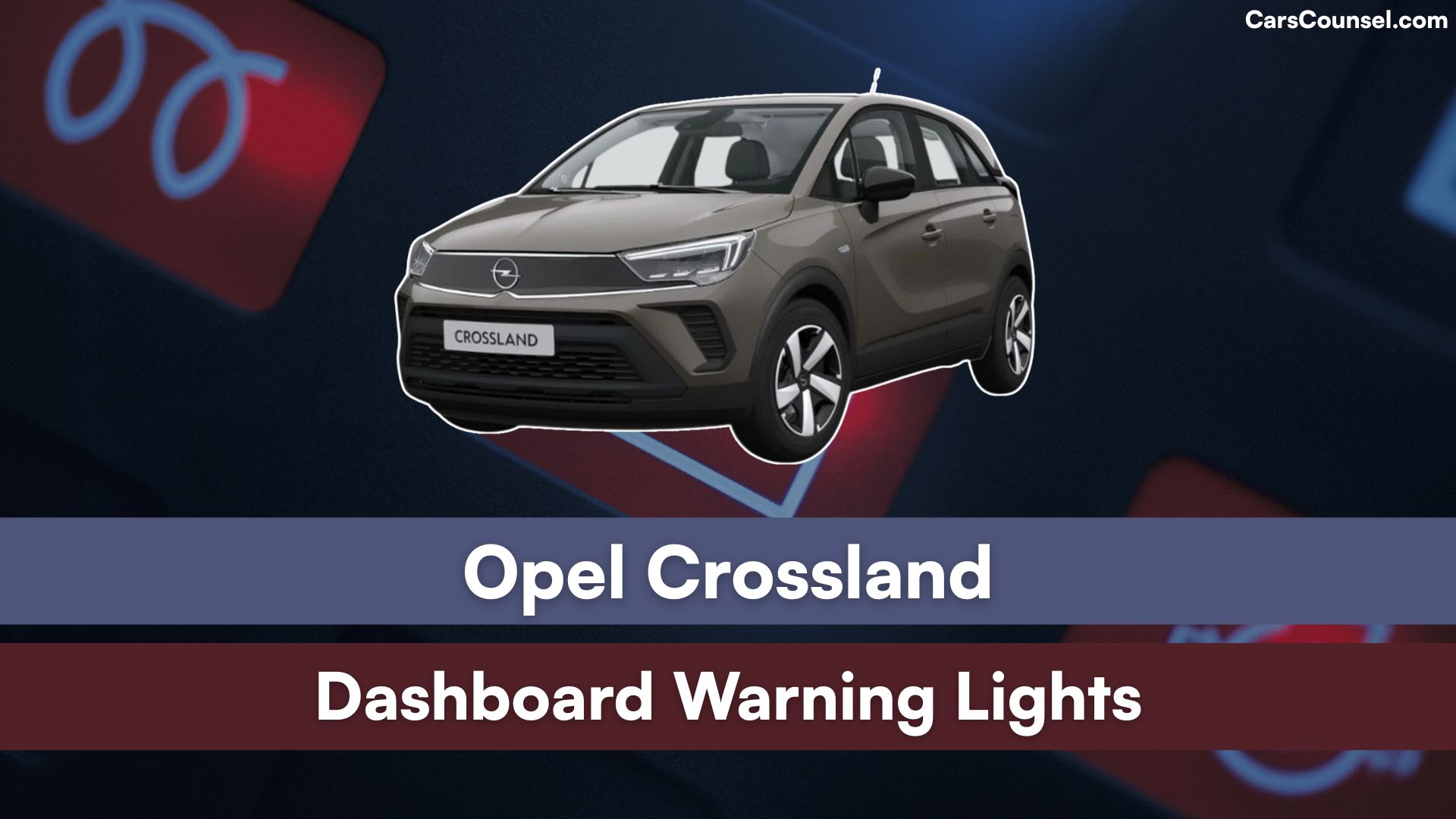
Quick Navigation
Red Warning Lights (Stop Immediately)
Engine Oil Pressure
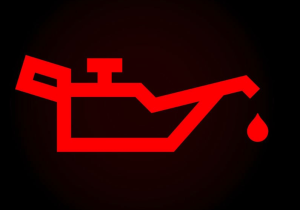
This light signals low oil pressure, which can cause engine damage from lack of lubrication. Possible causes include oil leaks or a faulty pump. Stop driving right away, check the oil level, and add more if needed; see a mechanic if it persists.
Brake System Alert
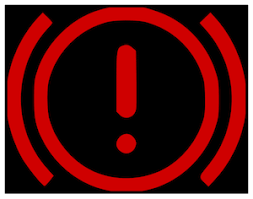
It indicates a problem with the brakes, like low fluid or a hydraulic issue. This could mean reduced stopping power. Pull over safely, avoid driving, and call for roadside help or a service center immediately.
Engine Coolant Temperature
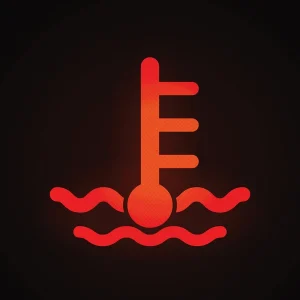
This warns of high engine temperature, often due to low coolant or a cooling system fault. Overheating can warp engine parts. Stop the vehicle, let it cool, check coolant levels, and seek professional repair before driving again.
Battery Charging System
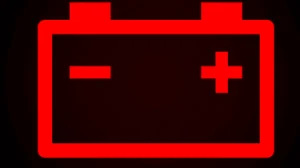
It shows the battery isn’t charging properly, possibly from a failing alternator or loose belt. The car may lose power soon. Stop and turn off the engine; have the charging system inspected by a mechanic .
Airbag System Fault

This light means the airbags might not deploy in a crash, due to a sensor or wiring issue. Safety is compromised. Stop and have the system checked at a service center as soon as possible.
Seatbelt Reminder
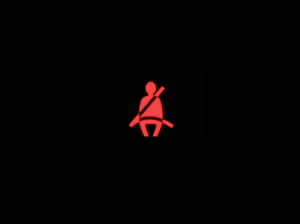
It alerts if the driver or passengers aren’t buckled up. Unbuckled belts increase injury risk in accidents. Stop and ensure everyone fastens their seatbelts before continuing.
Power Steering Failure
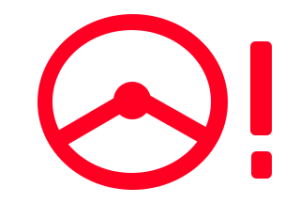
This indicates a loss of power assistance in steering, making the wheel hard to turn. Causes include low fluid or pump failure. Pull over safely and contact a mechanic; do not drive further.
Door Ajar Warning
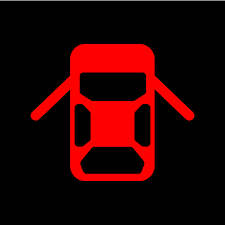
It signals an open door or trunk, which could be unsafe at speed. Loose items might fall out. Stop, close all doors securely, and resume only when the light goes off.
ABS Fault
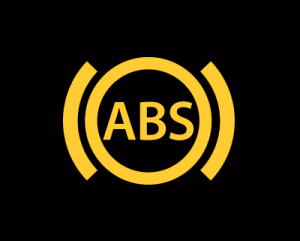
This light means the anti-lock braking system isn’t working, risking wheel lockup during hard stops. A sensor or module fault is likely. Stop driving and get it repaired immediately for safety.
Low Brake Fluid
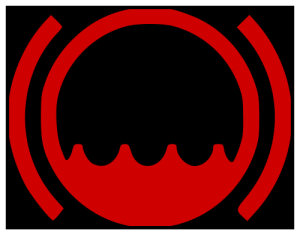
It warns of insufficient brake fluid, which can lead to brake failure. Leaks or worn pads might be the cause. Park safely, check fluid levels, and visit a service center right away.
Transmission Overheat
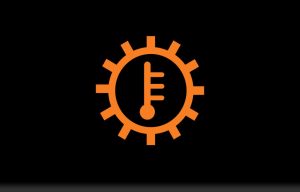
This indicates the transmission is too hot, possibly from heavy load or low fluid. Continued driving can damage gears. Stop, let it cool, and have it checked by a professional.
Immobiliser Fault
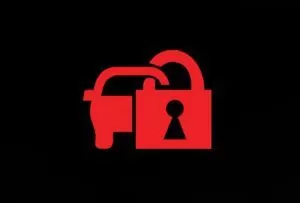
It shows a problem with the security system, preventing the engine from starting. A key or sensor issue is common. Stop and try restarting; if it stays on, call for assistance.
Engine Overheat
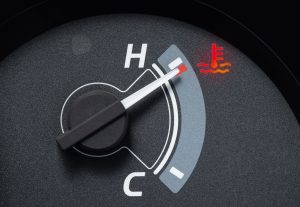
Similar to coolant warning, this signals extreme engine heat. Causes include blocked radiator or fan failure. Pull over, shut off the engine, and seek immediate help to avoid damage.
Yellow/Amber Warning Lights (Action Required Soon)
Check Engine Light
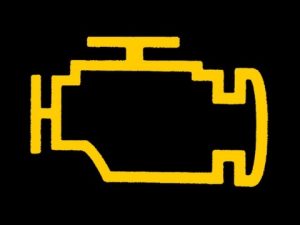
This indicates an engine issue, like a sensor fault or emissions problem. It could affect performance. Have the car scanned at a service center soon to identify and fix the cause.
Tyre Pressure Monitoring
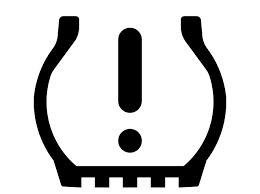
It warns of low pressure in one or more tires, risking blowouts or poor handling. Underinflation or a puncture is likely. Check and inflate tires soon; repair if needed.
ESP Fault
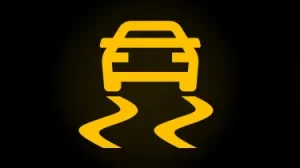
This light means the electronic stability program isn’t functioning, reducing traction control. Sensor or software issues. Schedule a service visit soon to restore safety features.
Glow Plug Indicator
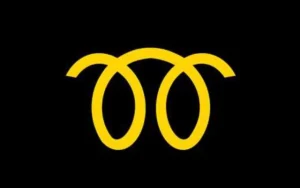
For diesel models, it shows the glow plugs are heating or faulty. Cold starts may fail. Wait for it to go off before starting; see a mechanic if it stays on.
DPF Warning
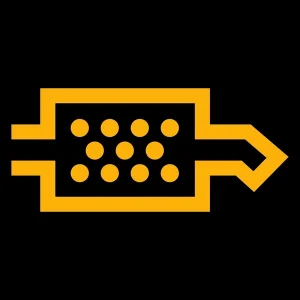
This signals a clogged diesel particulate filter, affecting exhaust flow. Soot buildup from short trips. Drive at highway speeds to regenerate, or visit a service center soon.
Low Fuel Level
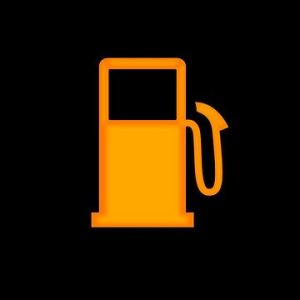
This alerts when fuel is running low, risking stranding. Reserve tank is in use. Refuel at the next station to avoid fuel system damage.
Transmission Fault
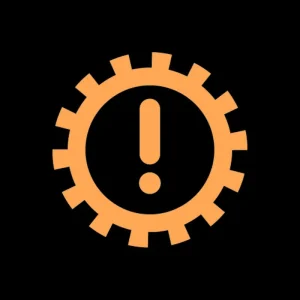
It points to a problem in the gearbox, like slipping or sensor errors. Performance may drop. Have it inspected soon to prevent further damage.
Service Vehicle Soon
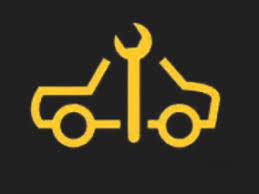
A general reminder for maintenance or minor faults. Varies by issue. Schedule a service appointment within the next few days.
Water in Fuel Filter
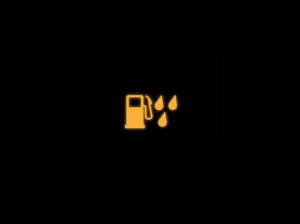
This indicates moisture in the diesel fuel system, risking engine damage. Contaminated fuel. Drain the filter and refuel from a reliable source soon.
Catalytic Converter Warning
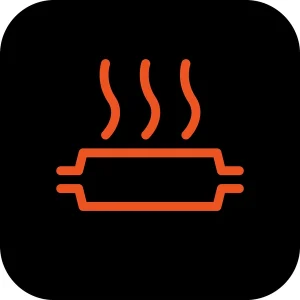
It signals an issue with the emissions system, like overheating. Faulty sensors. Get it checked to avoid efficiency loss and potential failure.
AdBlue Level Low
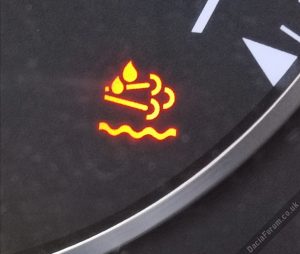
For diesel models, this warns of low urea fluid for emissions control. Tank needs refilling. Top up soon to comply with regulations and maintain performance.
Eco Mode Fault
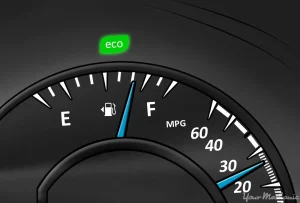
This indicates a problem with the fuel-saving mode, affecting efficiency. Software or sensor issue. Visit a service center for diagnostics soon.
Green Warning Lights (Information Only)
Headlights On

This confirms the headlights are active for better visibility in low light. Automatic or manual activation. No action needed; it’s just informational.
Fog Lights Enabled
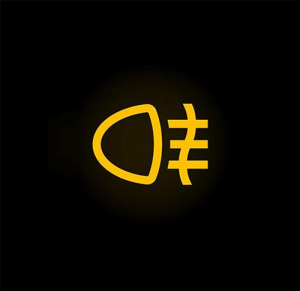
It shows front or rear fog lights are on, aiding in poor weather. Driver-activated. Turn off when visibility improves to avoid dazzling others.
Cruise Control Active
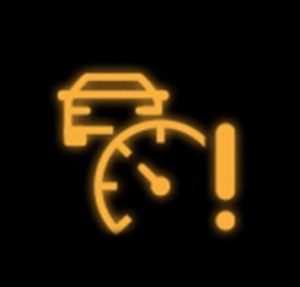
This indicates cruise control is set, maintaining speed. System engaged. Adjust or deactivate as needed for safe driving.
Turn Signal Indicator
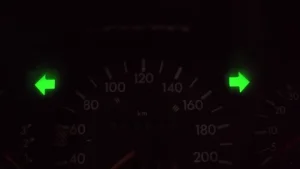
This flashes when turn signals are in use, showing direction intent. Blinker activated. It turns off automatically after the turn.
High Beam Lights

It shows high beams are on for better night vision. Manual or auto switch. Dip to low beam when approaching other vehicles.
Parking Brake Released
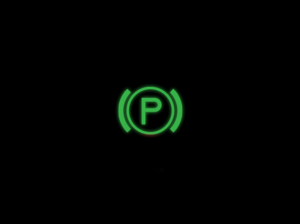
This shows the handbrake is off, allowing free movement. Disengaged state. Safe to drive without restriction.
Vehicle Ready
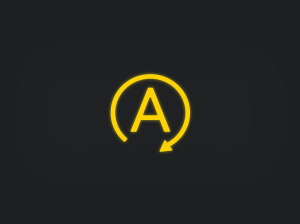
For start-stop systems, it means the engine is ready post-idle. System operational. No action; it’s informational.
Sport Mode On
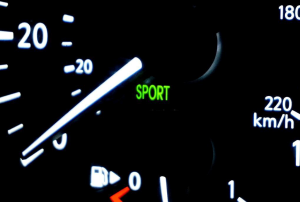
This confirms sport driving mode is active for better performance. Enhanced settings. Switch back if not needed.
Winter Mode Engaged

It indicates winter traction mode is on for slippery roads. Improved grip settings. Use in appropriate conditions.
Hold Mode Active
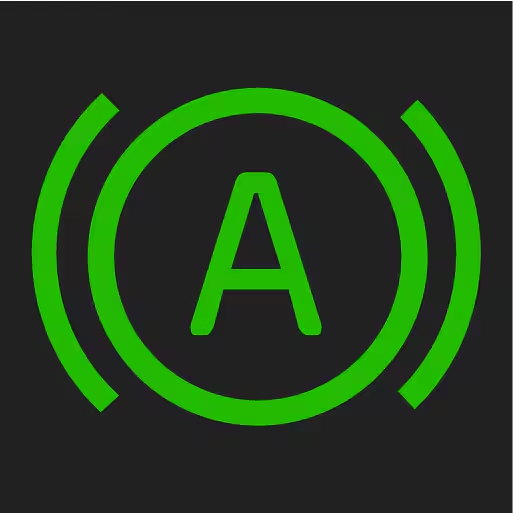
This keeps the vehicle stationary without constant braking. Auto-hold engaged. Release by pressing the accelerator.
Rain Sensor On
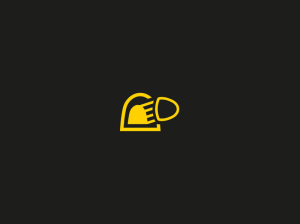
This confirms automatic wipers are active based on rain detection. Sensor working. Adjust sensitivity if preferred.
When looking at Opel, make sure to check out our guides on models like the 1, 2, 3, and 4. Understanding dashboard warning lights is essential. Our expert reviews break down what each light means, highlighting common alerts for these models and what they could signal about underlying issues, so you’re never left guessing behind the wheel.

